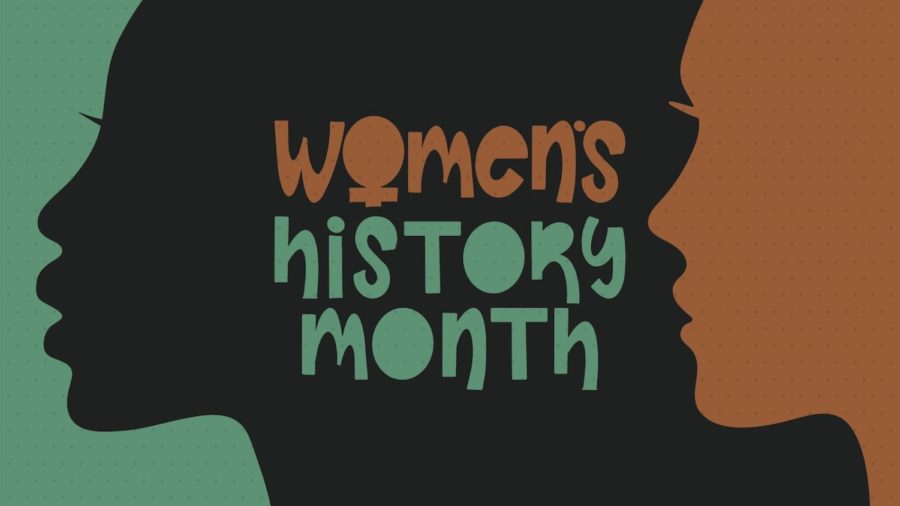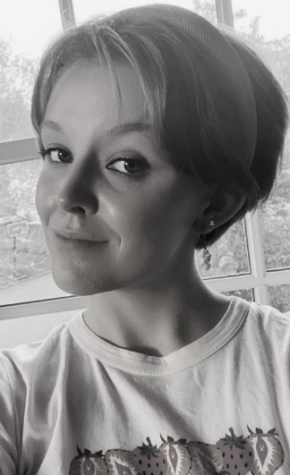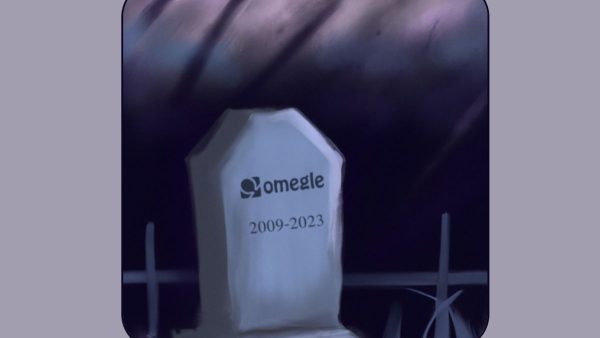The Forgotten Women of History
Every year during March, we celebrate International Women’s Month, and rightfully so. Women do so much for our society, from giving birth to every human that ever existed on this planet, to generally living four years longer than their male counterparts.
March 21, 2022
Every year during March, we celebrate International Women’s Month, and rightfully so. Women do so much for our society, from giving birth to every human that ever existed on this planet, to generally living four years longer than their male counterparts.
Despite this, there is still sexism and classism surrounding women. This has resulted in many amazing women being forgotten in history. Forgetting these women is a tragedy, as they are a part of our history. So, who are some forgotten women of history?
Rosalind Franklin: The Inventor of DNA
Nicknamed “The Dark Lady of DNA,” Rosalind Franklin invented the modern DNA model.
Without this model, humans would know nothing about genetics or where we come from. Franklin came from a wealthy Jewish family who valued education. She studied physics and chemistry at Newham Women’s College at Cambridge University. After university, she worked for the British Coal Utilization Research Association. Her groundbreaking Ph.D thesis on the porosity of coal enabled her to travel the globe giving speeches.
In 1953, Maurice Wilkins and James Watson plagiarized Franklin’s work on the double helix model; Wilkins and Watson presented the work as their own, never crediting Franklin. Despite this atrocity, Franklin didn’t let these imbeciles hold her back. Over the next few years, she did some of the most impressive work of her work life, where she studied coal and virus structures. Her life was dismally cut short, dying at 37 from ovarian cancer.
Wu Zetian: The Only Empress
Wu Zetian was the only female empress to ever rule China.
She ruled during the Tang Dynasty, becoming one of the most effective rulers to ever reign over her country. She began in court as the concubine of Emperor Taizong. After his death, she became the empress consort, though indirectly held the power of the emperor. Zetian took control of the government in 683 A.D.
Zetian was born to a wealthy family in China. Unlike most during this time, Zetian’s father, Wu Shiho, encouraged her to read and write. Zetian was also informed how to play music and write poetry. Zetian ruled over China up until her death in 705. She was 81 years old.
Frances Marion: The Screenwriter
Frances Marion is cited as being the most influential screenwriter of the 20th century. She wrote almost 400 scripts and was the first screenwriter to earn two Academy Awards. Growing up, she took part in modeling and acting. While she loved being on camera, her true passion was being behind the camera.
At first, she was the assistant director for Lois Weber, Marion built her reputation from here earning $40,000 a week in today’s money. During the mid-1930s, Marion walked away from screenwriting, stating “It’s like writing on the sand with the wind blowing! It’s a profession that offers no creative control and little credit for anyone less than a writer-producer.”
Andrée Borrel: The Spy
Andrée Borrel was a French spy that aided in the success of D-Day.
Borrel was born to a working-class family outside Paris. Borrel was 19 when World War II broke out. She immediately went to help France in the war. She trained as a nurse’s aide with the Association des Dames de France (ADF). Following her training, She worked to treat wounded soldiers in the French town of Beaucaire. After France fell to Germany in 1940, Borrel joined a French Resistance group. In 1941, said group was discovered and Borrel fled to Portugal.
There, she worked in the Free France Propaganda Office until 1942. On September 24, 1942, Borrel became the first woman to be parachuted into war-torn France. In the spring of 1943, Borrel was sent on a second command, where she took part in sabotages and heists. In June 1943, the organization she worked for was ratted out and Borrel was interrogated and held in a French prison. Shortly thereafter, she was sent to the Natzweiler-Struthof concentration camp.
On July 6, 1944, Borrel was given a lethal injection. Reports suggest that she regained consciousness before being burned alive in a cremation oven. She fought to save her life, but was unable to escape, and was burned alive at just 24 years old.
Patsy Mink: The Congresswomen
Patsy Mink was the first woman of color selected to be in the United States House of Representatives.
Mink was interested in politics from a young age, winning her first election as class president as a junior in high school. She went to Wilson College in Pennsylvania but transferred to the University of Nebraska after facing racial discrimination. After Mink was diagnosed with a thyroid condition that needed surgery, she moved back to her home state in Hawaii to finish school, hoping to become a doctor and receive adequate medical care.
She graduated with a major in zoology and chemistry. Mink applied to several medical schools but was denied. Instead, she decided to apply to law school. She was accepted by the University of Chicago Law School. She took the Bar Exam and passed with flying colors, but still had a hard time finding work because she was married to a white man. Because of this, Mink started her own law firm called Oahu Young Democrats in 1954.
In 1964, after serving in the Hawaii State Senate for a time, Mink won a seat in the House of Representatives. Mink died of pneumonia on August 30, 2002, at 74 years old.
These remarkable women helped shape and mold the world we know today, yet they are left in the shadows of history. These women and their work is just as important as men’s work, if not more. Forgetting history is a calamity. Forgetting women in history is an even greater one.












